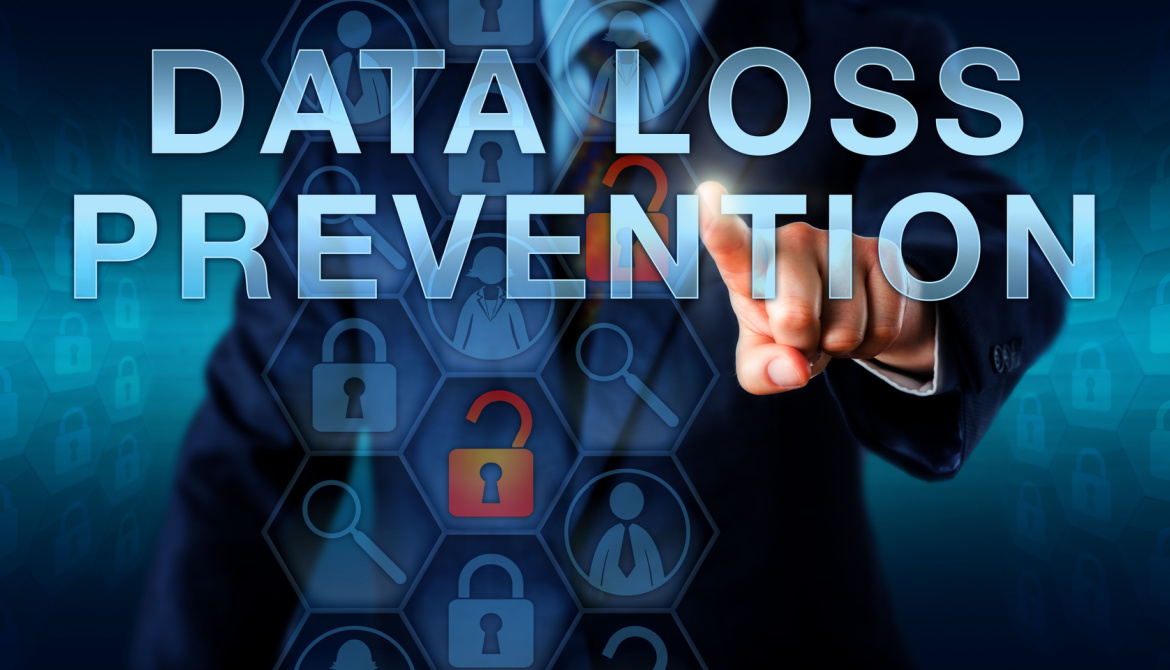4 minutes
With new cyber threats always on the horizon, your credit union should embrace a comprehensive approach to data security.
Sponsored by CSI
In today’s digital-first world, data drives decisions. Data is a valuable asset for financial institutions that must be protected around the clock, especially as cybercriminals evolve their tactics. IBM’s 2023 Cost of a Data Breach report revealed that the average cost of a critical infrastructure data breach—which includes financial services—was $5.04 million. As the financial industry continues to be a top target for hackers, data loss prevention tools help credit unions keep member data secure.
Understanding Data Loss Prevention
Data loss prevention software gives credit unions control over how their data is shared. DLP tools identify sensitive information and apply policies to prevent data from leaving the system. Institutions can develop their own policies to determine which data is included and ensure that data remains where it should.
Once your credit union defines its specific policies or rules, DLP solutions follow them to prevent intentional or unintentional exposure of sensitive data. This includes preventing data from being copied to online repositories, transferred to a USB device or network locations or even printed. In short, DLP systems automatically prevent sensitive data from leaving the network, allowing you to stop a breach from occurring.
Exploring the Risks of Data Loss
Data loss poses a variety of risks for credit unions, including financial losses, regulatory penalties and member trust. As hybrid work becomes more common and critical assets are distributed throughout a network, these concerns will likely grow. In today’s digital-first world, data can be stored in multiple places, including the cloud. And remote users often access or store corporate data using their own devices, exacerbating the risk of a breach.
In addition to cloud-based data storage, more institutions are adopting application programming interfaces, which allow data from multiple systems to seamlessly communicate. By using APIs, institutions can experience gains in efficiencies and automated workflows. However, if an institution fails to conduct proper due diligence before using an API, it runs the risk of bypassing critical security controls. This further heightens the need for tools to protect valuable data.
How Does Data Loss Prevention Work?
DLP tools detect sensitive items using deep content analysis, not just a simple text scan. Beyond that, DLP uses machine learning algorithms and other methods to detect content that matches your institution’s defined DLP policies. As an example, many DLP tools can identify when a user:
- uploads an item to a restricted service domain or access an item through a browser;
- copies an item or information to removable media or USB device;
- prints a protected item to a local or network printer;
- copies an item to an unallowed Bluetooth app; and
- creates or renames an item.
With DLP software, institutions can set up permissions for data transfer and track access to ensure only authorized users can send data. DLP software also integrates into other cybersecurity monitoring tools. This integration allows visibility into out-of-network data transfers, whether purposeful, inadvertent or malicious, so an institution can shut it down. Real-time monitoring with DLP software helps institutions respond to data breaches quickly and minimize negative effects.
Safeguarding Your Credit Union’s Data
While some credit unions purchase and implement DLP systems in-house, these systems can be difficult to install, configure and maintain. Cloud-native DLP tools are a viable option for most institutions, as they don’t take up valuable computing resources. Below are several of the benefits offered by DLP tools.
Prevent data loss: DLP tools identify sensitive data and enforce access policies across all locations where data is stored, including the cloud. That way, if an employee inadvertently tries to share data deemed sensitive, the software recognizes this and prevents the transfer.
Enhance regulatory compliance: Many DLP solutions deliver reports of relevant policy configurations that articulate data management controls. Having a DLP tool in place also demonstrates to auditors and examiners that your institution prioritizes data security, optimizing compliance with relevant industry regulations.
Receive alerts: Since security threats constantly evolve, it’s critical to know as soon as possible when violations occur, so your credit union can quickly remediate incidents. With DLP solutions, you’ll receive policy violation alerts—including data exfiltration or account compromise—as they occur, allowing for real-time incident investigation.
Leverage security experts: If not investigated quickly, you risk a small incident turning into a large security breach. With managed DLP solutions, your credit union can leverage a trusted third party for incident remediation. Experts from a third party will also offer additional security tactics, such as firewalls or endpoint protection, to ensure your data remains secure.
Incorporating Data Loss Prevention into Your Cybersecurity Strategy
By leveraging DLP tools, credit unions can protect their data and comply with regulatory requirements. With new cyber threats always on the horizon, your institution should embrace a comprehensive approach to data security, and data loss prevention is a key component of such a strategy.
Gain additional insight into strategies for strengthening your credit union’s cybersecurity posture by reading our whitepaper.
Juan Salazar is a product manager at CSI.





